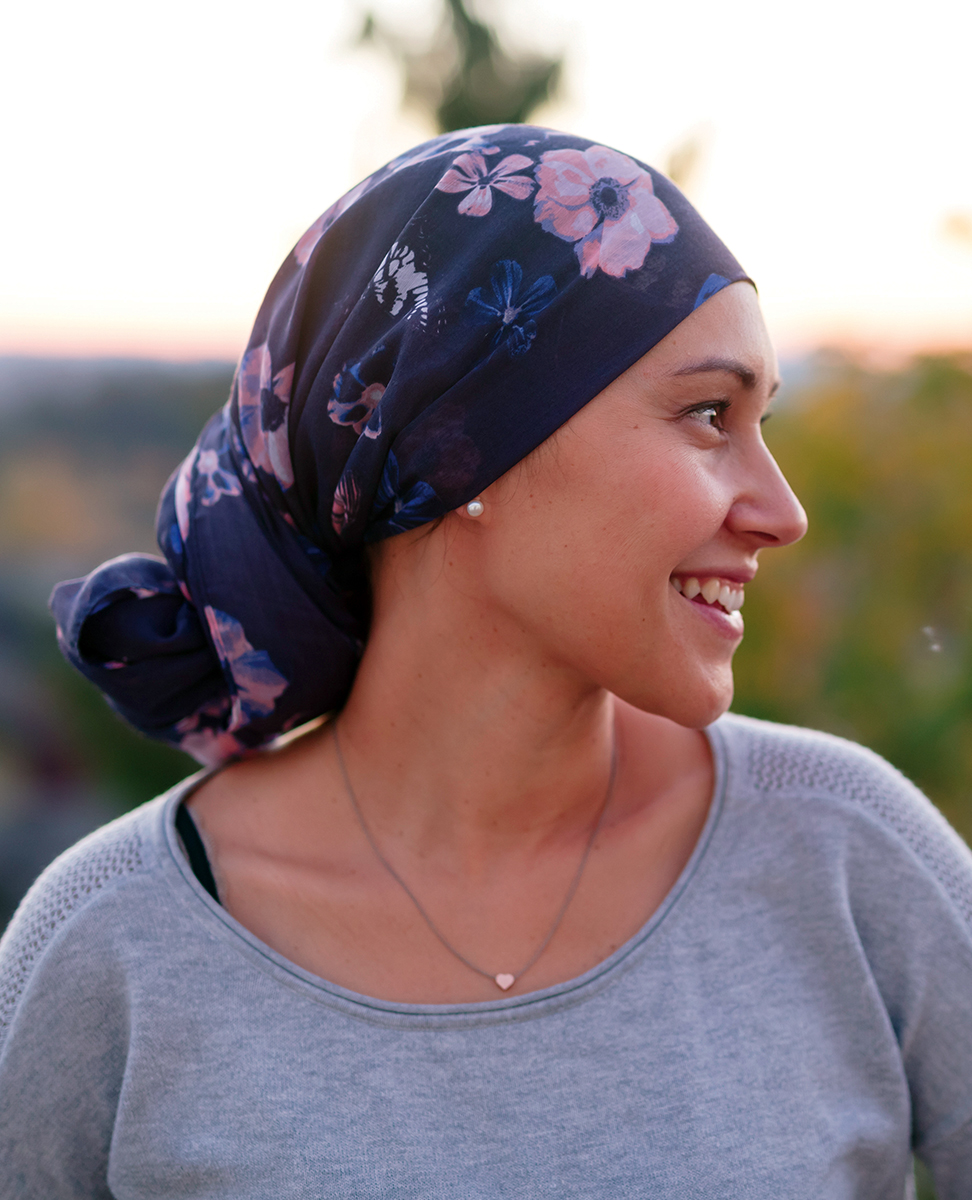A new breast cancer study delivers life-changing results for many women diagnosed with the disease. Dr. Erica Linden breaks down this groundbreaking trial and shares how it will impact breast cancer treatment.
A landmark study published last June in the New England Journal of Medicine could change the way many women diagnosed with early stages of breast cancer are treated. Known as the TAILORx trial, the study found that women diagnosed with stage 0, I, or II, hormone-positive breast cancer may not need chemotherapy to beat cancer and prevent its recurrence.
But sifting through the data and jargon of a study like this can be confusing to layman—especially for women hit with a breast cancer diagnosis. We spoke with Erica Linden, M.D., Medical Director, Medical Oncology at Capital Health, to better understand the study’s results and its impacts on the breast cancer community.
WHAT IS HORMONE-POSITIVE BREAST CANCER?
Hormone-positive breast cancer means that the cancer cells need the female hormone estrogen and/or progesterone to survive, Dr. Linden says. Tumor samples removed during surgery are tested to determine whether they have hormone receptors—those that have estrogen receptors are called estrogen receptor (ER) positive; those that have progesterone receptors are called progesterone receptor (PR) positive.
According to Dr. Linden, 70 percent of patients diagnosed with breast cancer are hormone-positive. Standard treatment includes hormonal or endocrine therapy, “which blocks the effect of estrogen and/or progesterone, thereby resulting in the death of cancer cells wherever they may be harbored in the patient’s body,” Dr. Linden explains. “Endocrine (or hormonal) therapy has been a valuable treatment in changing breast cancer mortality over the past 30-plus years.”
Additional therapy may also be required, including chemotherapy.
SO HOW DOES THE TAILORx TRIAL HELP WOMEN DIAGNOSED WITH THIS TYPE OF BREAST CANCER?
Thanks to the TAILORx trial, doctors can now better determine which patients with hormone-positive breast cancer would benefit most0 from chemotherapy. In the trial, investigators used a test known as Oncotype DX, which measures the expression of 21 genes in tumor tissue removed during surgery to determine the likeliness of recurrence—the recurrence score (RS) ranges from 0 (least likely) to 100 (most likely).
The Oncotype DX test has been commercially available since 2004. However not all breast cancer patients qualify for it, Linden says. It can only be used for patients with T1 or T2 cancers (tumors .6 to 5 centimeters in size) that are node-negative (meaning it hasn’t spread to lymph nodes), and hormone positive.
Earlier research found that those patients with a low RS score, 10 or less, saw no benefit to chemotherapy, while those with an RS score of 26 or higher do. For years, those in the middle, with a score between 11 to 25, were in the gray, leaving these patients with the agonizing decision of whether or not to pursue chemotherapy. Until now.
The TAILORx trial followed 10,273 patients in this gray range. Some of the patients received endocrine therapy alone while the other group received chemotherapy and endocrine therapy; both were followed for 9 years. The results revealed that the overall survival rate was no different between the two groups. “This study, therefore, shows that there is no difference in relapse or survival with the addition of chemotherapy in the intermediate risk group (11-25), the majority of patients with early-stage breast cancer,” Dr. Linden says.
HOW SIGNIFICANT ARE THESE RESULTS?
Very, Dr. Linden says, explaining it adds to a doctor’s decision-making tools in guiding patients to the appropriate therapy for early stage, hormone-positive breast cancer. Thanks to the study, approximately 70,000 women in the United States will be spared chemotherapy in their fight against cancer.
“We can reliably avoid chemotherapy in many patients with Stage I/II breast cancer and avoid the toxicities of chemotherapy,” she says. “We have been doing less intensive therapy for patients when the biology of the cancer is less aggressive. This study helps to define who can reliably forgo chemotherapy. Patients would like to avoid toxic therapy, especially if not particularly helpful in their own particular situation. This test uses the biology of one’s own cancer cells to help target the right amount of treatment.”
HOW DOES CHEMOTHERAPY IMPACT A CANCER PATIENT’S LIFE?
Chemotherapy is a useful tool in killing fast-growing cancer cells, but it also comes with a host of harsh side effects. “Chemotherapy can affect a patient significantly, from hair loss which is very upsetting and disturbing to patients, to risk for infections when blood counts are low, to GI side effects of nausea/vomiting, diarrhea/constipation,” Dr. Linden explains. She also adds that there can be allergic reactions, numbness, or peripheral neuropathy, which may be permanent, and long-term side effects of risk of leukemia and heart failure. For women of child-bearing age, chemotherapy can cause infertility, and it is not recommended for breastfeeding mothers.
“The ability to avoid these side effects is one of the major advantages to having a tool to decide when this may not be the best therapy for a patient,” Dr. Linden says.
ARE THERE ANY EXCEPTIONS TO THIS STUDY?
Yes—age does come into play. “There is a suggestion of residual benefit of chemotherapy in younger patients, under age 50, with intermediate-high scores—21 to 25,” Dr. Linden says. “While the endpoint of the study did not show a benefit of chemotherapy, this subgroup may consider it. We would encourage a risk/benefit discussion with a medical oncologist for this group of patients.” Dr. Linden also says there needs to be more understanding of the impact on women under 50 in the 16 to 20 range, who may find a small benefit to chemo.
Chemotherapy will continue to have an important role for high-recurrence-score cancers (RS score above 25) and in node-positive or advanced cancer, Dr. Linden notes, but studies like TAILORx reflect the movement towards tailoring therapy to a patient’s individual cancer biology, according to Dr. Linden. “This study also highlights the central importance of endocrine therapy in treating breast cancer,” she adds. “We have a tool to help define the best modalities for breast cancer treatment for the right patient at the right time. “

BREAST CANCER BASICS
Estimates for 2o18 expect 266,120 new cases of invasive breast cancer and 40,920 breast cancer deaths in women.
Breast cancer is the second-leading cause of death in women
There are more than 2.9 million breast cancer survivors in the United States—the largest group of cancer survivors.
95 percent of breast cancer occurs in women 40 or older
A mammogram can reduce the number of deaths from breast cancer by 30 to 40 percent.
5 to 10 percent of breast cancer strains can be linked back to an inherited gene mutation, including BRCA1 and BRCA2.
SOURCES: National Cancer Institute, Susan G. Komen, City of Hope





